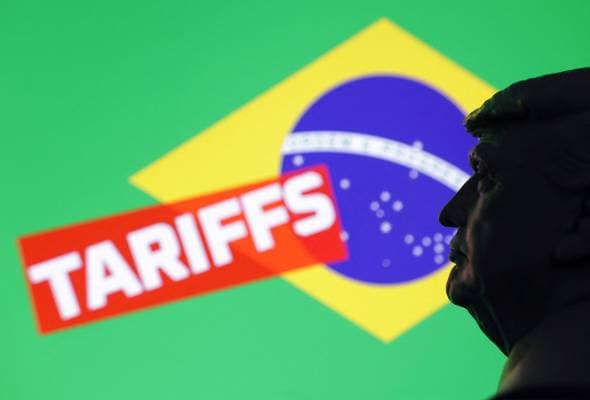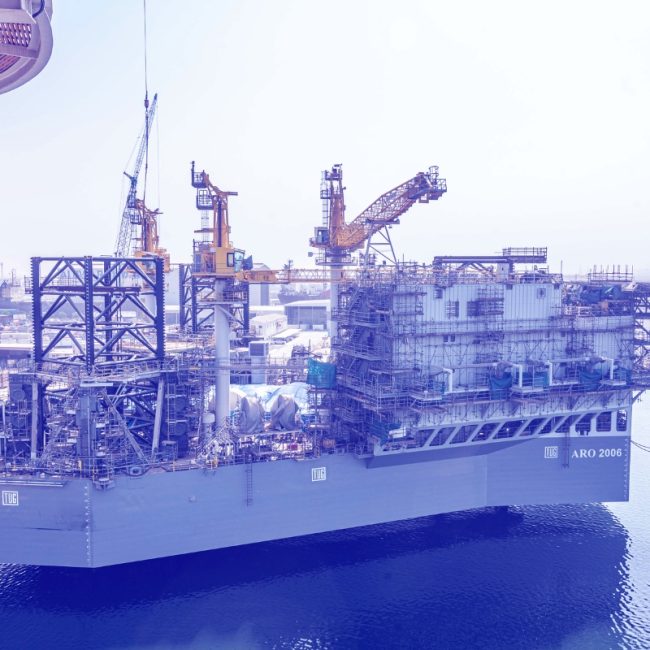Partial U.S. Tariff Relief Leaves 22 Percent of Brazil Exports Hit
Brazil says U.S. tariff exemptions announced today remove extra duties on many goods, but 22 percent of Brazilian exports to the United States remain subject to a 40 percent surcharge. The uneven relief reshuffles trade risks across agriculture and manufacturing, with long running negotiations and sectoral vulnerabilities set to shape export revenues and investment decisions.

Brazil’s government on November 22, 2025 says the United States has lifted the additional 40 percent tariff on a substantial swath of Brazilian goods, but 22 percent of exports to the U.S. remain subject to the higher surcharge. The Ministry of Development, Industry, Trade and Services framed the U.S. exemptions as partial relief that benefits headline agricultural products while leaving important industrial and niche food categories exposed.
According to the ministry, the exemptions removed the extra tariff on items including coffee, meat and fruit. The government estimated the partial relief covered about 51 percent of affected exports, while 15 percent remain subject only to the 10 percent base U.S. tariff and 36 percent still face no additional duty. Separately the ministry said significant categories such as fish, honey, grapes, machinery, engines and footwear continue to be hit by either the 40 percent surcharge or the base 10 percent duty, underscoring the uneven distribution of relief across sectors.
The dispute casts a spotlight on how broad tariff measures interact with sector specific exemptions and the asymmetry of cost burdens. For commodity exporters such as coffee and beef, the exemptions should reduce margin pressure and help preserve market share in the United States, Brazil’s largest trading partner for several key agricultural lines. For exporters in machinery and footwear, the retained tariffs raise the effective price of Brazilian goods in U.S. markets, likely dampening demand and prompting buyers to seek alternative suppliers or press for price concessions.
Economists say the composition of affected goods matters as much as headline percentages. A 40 percent surcharge on capital equipment such as engines can suppress investment and production linkages, while similar duties on niche food items can cause immediate volume losses if buyers shift supply chains. The ministry’s figures indicate that just over half of the products previously targeted will see direct relief, leaving substantial export value exposed to continued tariffs.
Market reactions will depend on how traders, manufacturers and retailers recalibrate orders and pricing in the weeks ahead. Importers often respond to abrupt tariff changes by front loading purchases, diverting sourcing or negotiating lower prices with suppliers. For Brazilian exporters, short run options include absorbing some cost, passing it to U.S. buyers, or redirecting shipments to other markets. Medium term responses could include shifting production, seeking tariff exemptions at the product code level, or investing to lower unit costs.
The announcement deepens a chapter of uneven trade tensions between Brasília and Washington, complicating ongoing negotiations and diplomatic outreach. Policy choices ahead include targeted appeals to U.S. authorities for further exclusions, reciprocal measures in Brazil or broader engagement through multilateral trade channels. For investors and policymakers, the episode reinforces the long term risk that trade policy unpredictability poses to export dependent growth, particularly in sectors where tariffs can rapidly alter competitive positions and investment calculus.


